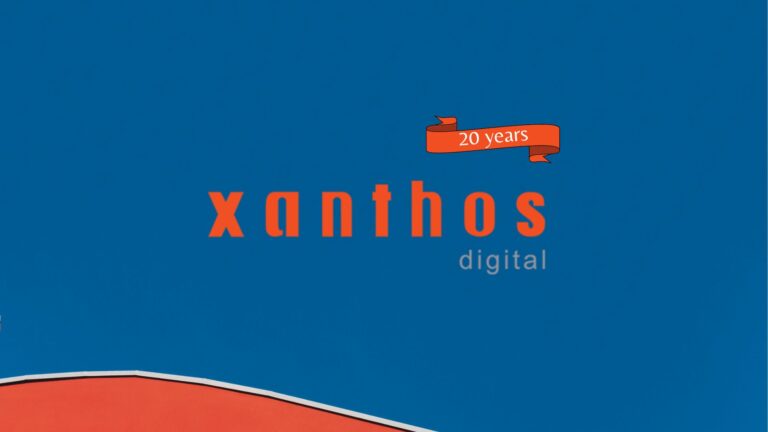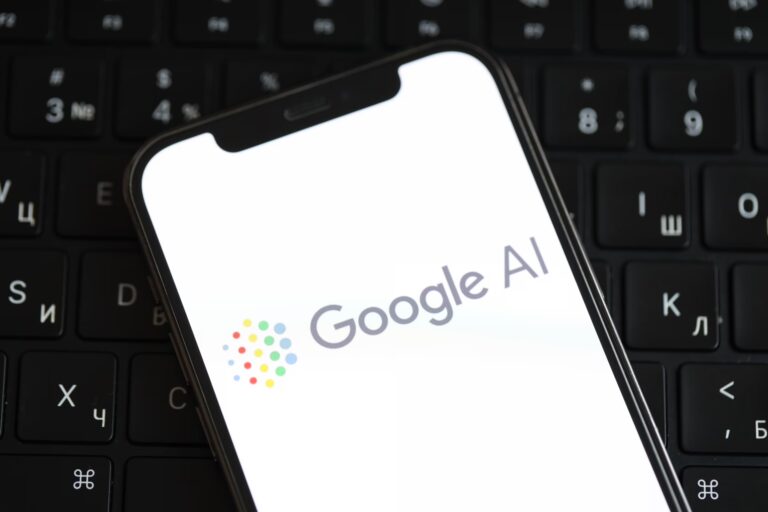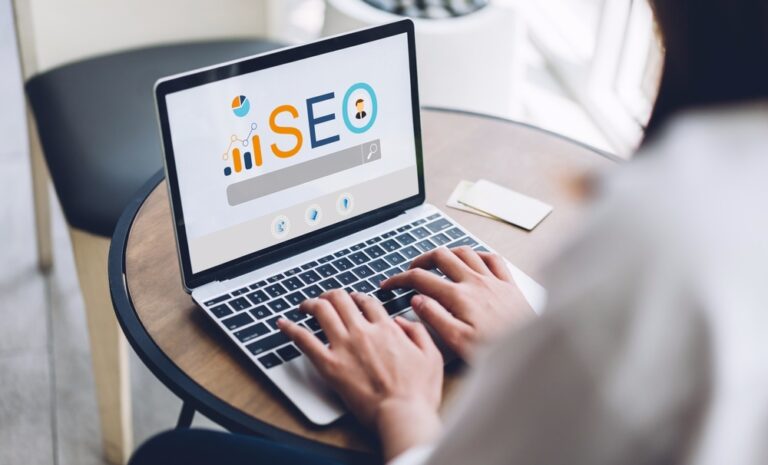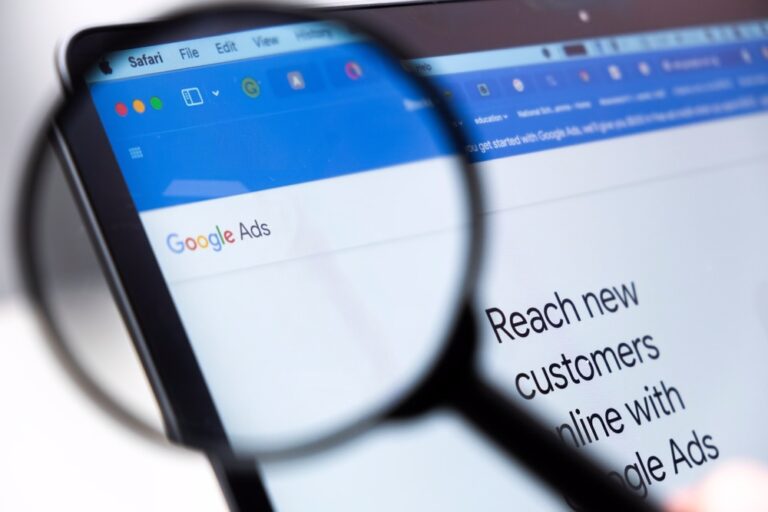The world has changed drastically over the past 20 years, and one of the most radical changes comes in the form of the internet and how it has impacted our daily lives and the business world.
With the rise of the internet came a new way to find products and services and, naturally, a new way for businesses to market to their target customers.
Back in 2002, the internet was still in its infancy, and digital marketing certainly was. Back then, it would be commonly referred to as internet marketing or online marketing. While still correct, digital marketing has become the most common and widely used term to refer to any form of marketing that makes use of the internet and online platforms.
Xanthos is celebrating its 20th anniversary this year, having stood the test of time these past 20 years and evolved alongside the rapidly developing digital marketing history.

20 years is a long time in the world of technology. So, what has changed over the last 20 years since the birth of Xanthos? What have the biggest trends in digital marketing been over the last two decades?
A 20-year digital marketing history timeline
2002
The new millennium saw more people getting online, and the space developed rapidly. By 2002, we had one of the first social media platforms being founded, named Friendster. This was before MySpace, Facebook, and other platforms synonymous with social media. Friendster.com would go live in the following year, 2003, and gained over 3 million users within the first few months of launching.
Froogle, or what is now Google Shopping, also launched in 2002. Froogle used Google’s crawler to index product data from websites, rather than using paid submissions as was normal at the time.
Google released AdWords back in 2000, but by 2002, Google had begun to reward the relevance of ads rather than simply relying on the advertiser who was willing to spend the most. This was a novel idea at the time, as ads were then more relevant to users rather than rewarding those with the deepest pockets.
2003
After Friendster, the next behemoth of social media came along: Myspace. Myspace was arguably the biggest player in the social networking game for quite some time until it was topped by Facebook. In fact, Myspace was the biggest social network from 2005 until 2009.
LinkedIn was also launched in 2003, but it started more slowly than Myspace, with a focus on professional networking. LinkedIn was initially founded with members from PayPal and would reach 1 million users by 2004.
2004
In 2004, Mark Zuckerberg launched the original version of Facebook. Back then, it was not the same beast it now is, or even would be for a few more years. Zuckerberg initially built a website known as Facemash in 2003 while studying at Harvard but was quickly shut down. In January 2004, Zuckerberg created “TheFacebook” based on an editorial about his previous Facemash venture. It was launched on thefacebook.com in February 2004, originally only for students of Harvard College. In March, it expanded to other Ivy League colleges, as well as other universities across the US and Canada. The Napster co-founder, Sean Parker, became company president halfway through 2004, and later that year, it received the first bit of investment from the co-founder of PayPal, Peter Thiel.
2005
YouTube was officially created in 2005 and featured the infamous first video of one of the founders, Jawed, at the zoo. The three founders had also worked at PayPal. Despite its popularity, Video had previously been launched in 2004.
Another social media platform that launched in 2005, which is no longer around, was Bebo. Bebo had a couple of resurrections since 2005, but it was quite popular for a period until Facebook and other platforms took hold of the market. Bebo became more popular than Myspace in the UK – registering over 10.7 million unique users.
Google also launched the Display Network as part of AdWords in 2005. The Display Network was added to display targeted visual ads to users across websites that are registered for AdSense. In its infancy, advertisers chose to use GIFs to show moving advertisements, which was novel at the time.
The first Cyber Monday also took place in 2005, which followed the now annual Black Friday event. Cyber Monday would help the growth of ecommerce sales significantly.
2006
In 2006, Twitter, which was widely known as twttr at the time, was launched. It was Jack Dorsey’s brainchild, and the first Tweet was sent in March 2006.
Mark Zuckerberg also unveiled Facebook to the world and made the platform public. Anyone over 13 with a valid email address could sign up for the platform.
Google also launched Google Trends, which made life easier for digital marketers and SEOs around the world.
2007
Now, we are coming to a period where social media has begun to mature. More platforms were gaining popularity, which offered something a little different from the “traditional” platforms.
Tumblr was launched as a micro-blogging platform, which became very popular, particularly with teenagers. The word Tumblr comes from tumblelogs, which is used to describe short-form blogs.
2007, Facebook launched advertising on the platform.
2008
In 2008, YouTube rolled out the infamous pre-roll ads. Up until now, there were just ads on the side of and laid on top of the YouTube video in question. Now, you may have to watch an ad to watch your desired video.
2009
Another infamous moment in social media history – Facebook added the “like” button to the platform. This gave users a simple way to engage and interact with friends and family.
Microsoft also launched the Bing search engine to go up against Google. Microsoft previously had MSN Search, which dated back to 1998, using results from Inktomi. Then, there was Windows Live Search in 2006, which incorporated information from Microsoft Encarta. In 2007, it was rebranded as Live Search. In 2009, the decision was made to rebrand the search engine as Bing. The name was seen to be simple to spell, memorable and functional as a website URL.
2010
2010 was a big year for digital marketing and social media. The turn of a new decade saw new platforms come to the fray.
Instagram officially launched in 2010, offering a more streamlined and simple way to share photos. Whereas Facebook was inundated with 100s of photos from nights out and family barbeques, Instagram was a simple feed, much like Twitter, where you could share one single photo in a square format. Of course, this would change in the near future. The original aspect ratio of 1:1 with a width of 640 pixels was made to fit the iPhone. The first post was on 16th July 2010.

Pinterest was also launched, offering an alternative take on how social media could work. Essentially, it was there for you to create mood boards and “pin” your favourite images and aesthetics to your own curated boards. Essentially, scrapbooks for the 21st-century world, for everyone to see. Pinterest saw expanded growth when it launched an iPhone app in 2011, and a subsequent iPad app.
2011
2011 saw the rise of a new, ground-breaking messaging platform, which would morph into more of a social media platform – the now famous Snapchat. Snapchat was originally a simple image-based messaging app where the only thing you could really do was send each other images, which disappear after a matter of seconds.
Google also decided to launch yet another project doomed to fail – Google+. At the time, it seemed like a revolutionary idea consisting of circles of friends you could share updates and photos with. This meant you did not need to send them a friend request – you followed them like Twitter, but it worked a lot like Facebook. And with the behemoth of Google behind it, it seemed like it would be a Facebook-killer. However, a limited invite-only roll-out seemed to halt any momentum the platform had, and by the time it was publicly available, the novelty and excitement had worn off. However, the SEO benefits of posting on Google+ would remain important for businesses for a few years yet…
The Google Panda algorithm update also hit the search results – one of the most famed updates to this point. The aim of Panda was to lower the rankings of websites with low-quality content. This was to prevent content farms from ranking highly and to reward websites with top-tier content.
2012
Twitter purchased the micro-video platform Vine in 2012, which was still yet to officially launch. It seemed this would ensure Vine’s success.
In a similar move, Facebook moved to purchase Instagram. Whether this was because Instagram was a direct rival and could be a potential Facebook killer is up for debate, but it was added to the Facebook portfolio and subsequently morphed into a Facebook-light platform, with the added edge of being slightly trendier amongst the youth of 2012.
Not sitting still, Google announced another big algorithm update – Google Penguin. This update aimed to ensure that the Webmaster Guidelines were being followed and that any techniques certified as grey or black hats that manipulated Google’s rankings would be punished.
Microsoft also launched Bing Ads – a direct competitor to Google AdWords, giving businesses a new avenue to acquire leads and generate sales via search advertising.
2013
After being acquired by Facebook in the previous year, Instagram introduced sponsored posts, essentially advertisements, in 2013.
Finally, Vine was launched and was likely ahead of its time. Sadly, it has remained a niche platform for content creators. However, it did create a number of celebrities who are (relatively) famous to this day. While it was initially the most downloaded free app in the App Store in April 2013, it would not stand the test of time and would shut down in 2017.
Snapchat also added the now widely-used “Stories” functionality – essentially allowing you to add a Snap to your profile, which can be repeatedly viewed for up to 24 hours by friends. This would go on to “inspire” every other platform to add identical functionality.
Seeing how popular Tumblr had become, and with its own successes behind it, Yahoo decided to acquire Tumblr. After introducing a policy of removing adult content from the platform, the popularity of Tumblr waned significantly.
Google also decided to shake up the search results with the new Hummingbird algorithm update, which was a big deal at the time. Google Hummingbird was named as such due to the speed and precision of a hummingbird, which reflected the algorithm update. It had an extra emphasis on natural language
2014
Seeing the rising popularity of instant messaging platforms, Facebook decided to acquire the leader of the pack, WhatsApp.
In the same vein, Facebook forced users to download a separate Facebook Messenger app in order to chat with fellow Facebook friends.
Google also decided to shake up the algorithm yet again, releasing the Google Pigeon update. This was a local search algorithm update which aimed to increase the rankings of local listings. The user’s location would impact the rankings of search results, prioritising any local listings.
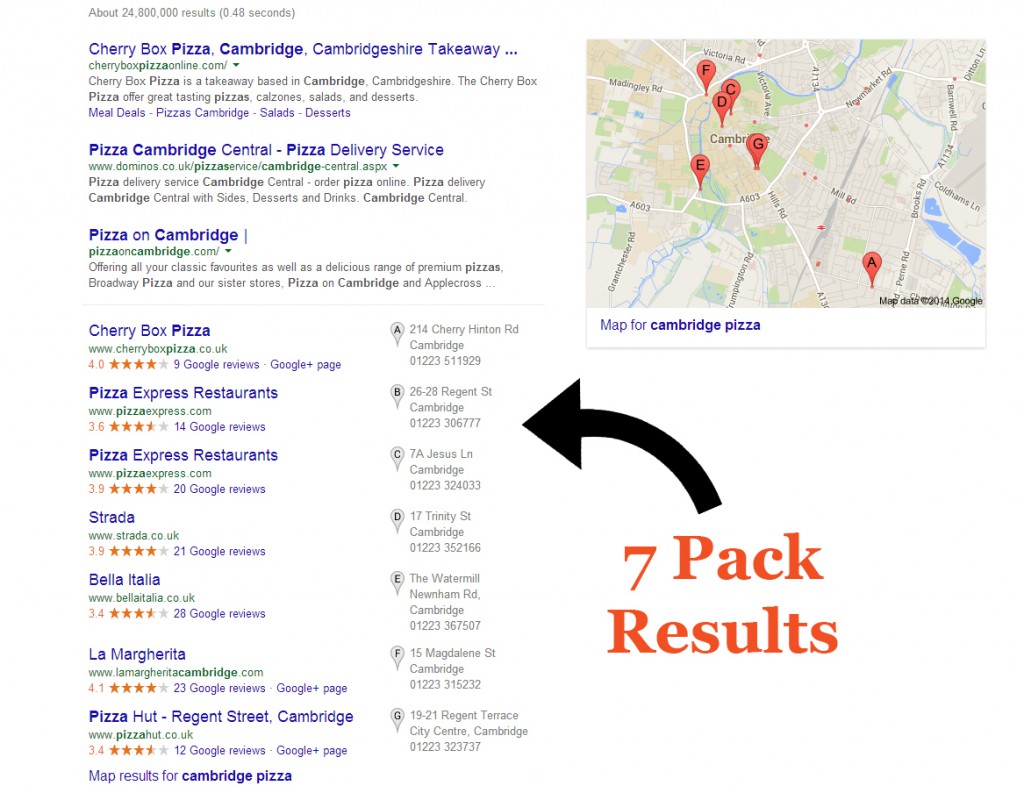
2015
2015 saw the rise of live video becoming the next big thing. There were two main competitors here – Periscope and Meerkat. Meerkat seemed to be an early winner, but Periscope was backed by Twitter and eventually became the more popular platform. But once again, Facebook and many other platforms added live video options to their platforms, and thus, there was never a single live video platform winner. You can now go live on Facebook, Instagram, TikTok and so on.
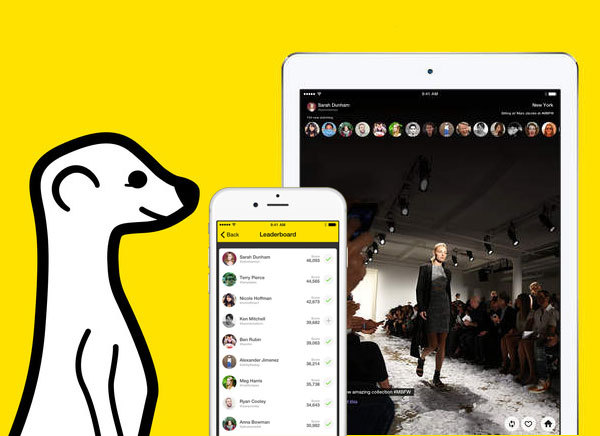
Google also announced that RankBrain was the third most influential ranking factor. RankBrain is one factor in Google’s search engine algorithm, and it is essentially machine learning that helps Google process results and present the most relevant results to users. The other two top factors were content and links.
2016
In 2016, Google launched Google Discover, which was named Google Feed. Google Discover is a personalised feed of news articles, videos, and content based on a user’s activity. You will most likely find this on an Android phone by swiping left when on the home screen or via the Google app.
Google AdWords also evolved to have four ads displayed in the top blocks, and the righthand side column was removed.
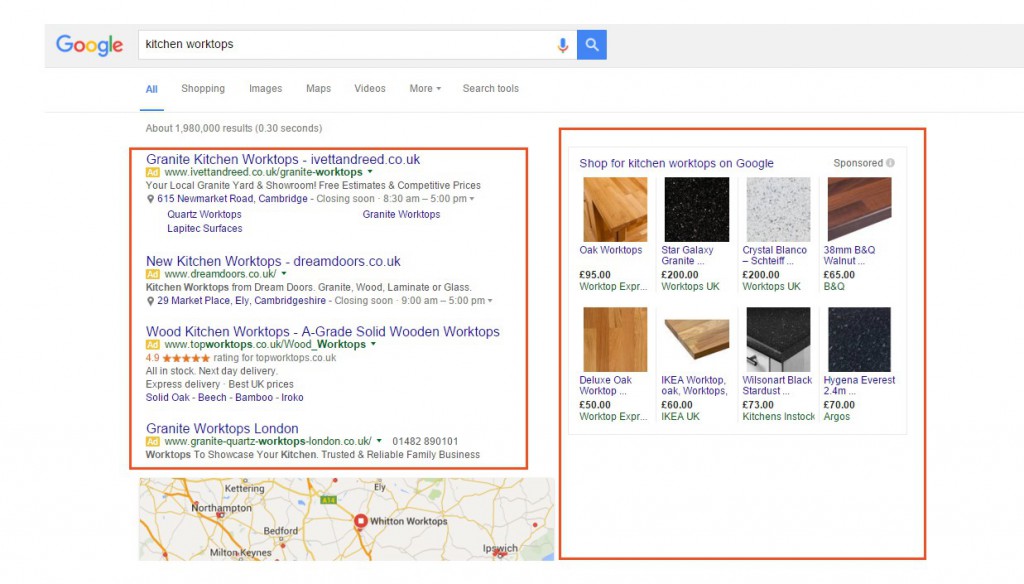
2017
Older than you’d think, TikTok launched internationally back in 2017. It didn’t become the household name it now is for a while. Originally known as Douyin in China in 2016, the TikTok app was launched in the international market in September 2017. It wasn’t until January 2018 that it ranked first among the free app downloads. In fact, the merger with musical.ly, a Chinese app based on videos of lip syncing (sound familiar?) fuelled growth of TikTok further.
2018
Google officially rebranded Google AdWords to Google Ads. Google rebranded to represent the “full range of campaign types available today, including Search, Display and Video.”
2019
Google+ officially closed its doors in 2019. Announced back in October 2018, Google said it would end the consumer version of Google+ by August 2019 and then brought it forward to April. This was due to low engagement.
Google also launched BERT – also known as Bidirectional Encoder Representations from Transformers. Essentially, it is a machine-learning technique for natural language processing. BERT was used for the search engine in 2019 in order to help the algorithm understand language and better rank content.
Microsoft chose to rebrand Bing Ads to Microsoft Ads.
2020
Google announced that the Google Page Experience update would begin rolling out the following year, 2021. This update boiled down to Google judging how usable your website is for users – i.e. Google would rank websites with the best possible webpage experience higher up.
In another big move, Google released Google Analytics 4, or GA4, in October 2020. More than an evolution, it is a revolution of the platform. GA4 is event-based, whereas the previous Universal Analytics is hits-based.
BeReal launched in 2020, and it was a couple of years until it gained popularity. Essentially, it is a social media platform that encourages users to share a photo of themselves and what they are up to within a two-minute period every day—in essence, showcasing a more “real” version of themselves.
2021
Facebook decided to rebrand as Meta while keeping the platform named Facebook. Meta is simply the umbrella company behind Facebook, Instagram, WhatsApp, Oculus and more. The rebrand is an extension of the desire to build out a virtual metaverse, further deconstructing the barriers between the physical and virtual realms.
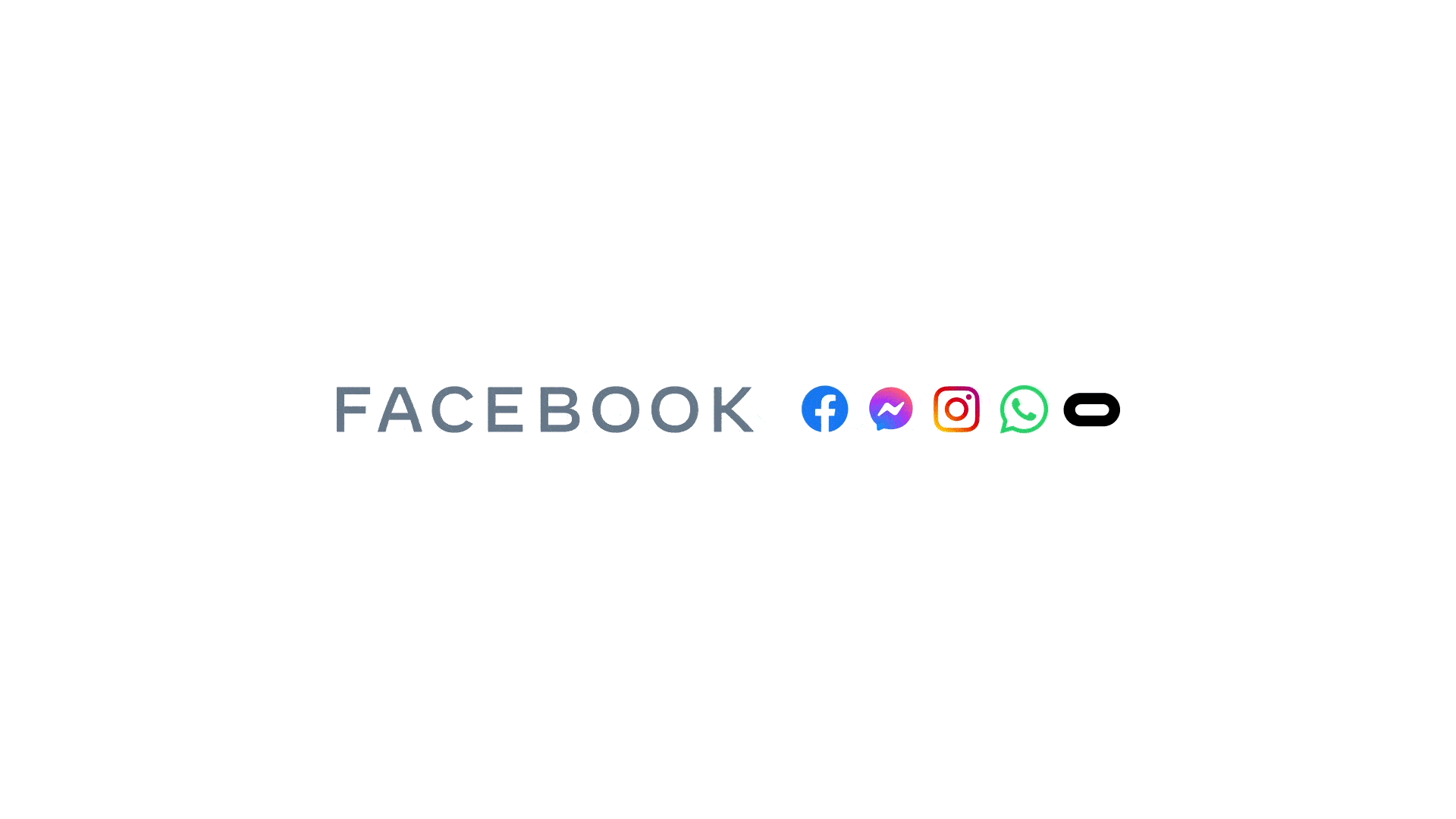
2022
Come 2022; Google announced that by July 1 2023, Universal Analytics properties would no longer process data or website visits, and all sites will need to upgrade to GA4 to continue recording data.
And in 2022 – Xanthos Digital Marketing celebrates 20 years in business! It’s been a pleasure working with our digital marketing, web development, web design and ecommerce clients both past and present. We hope to continue to provide the best possible service to our clients in the future.


